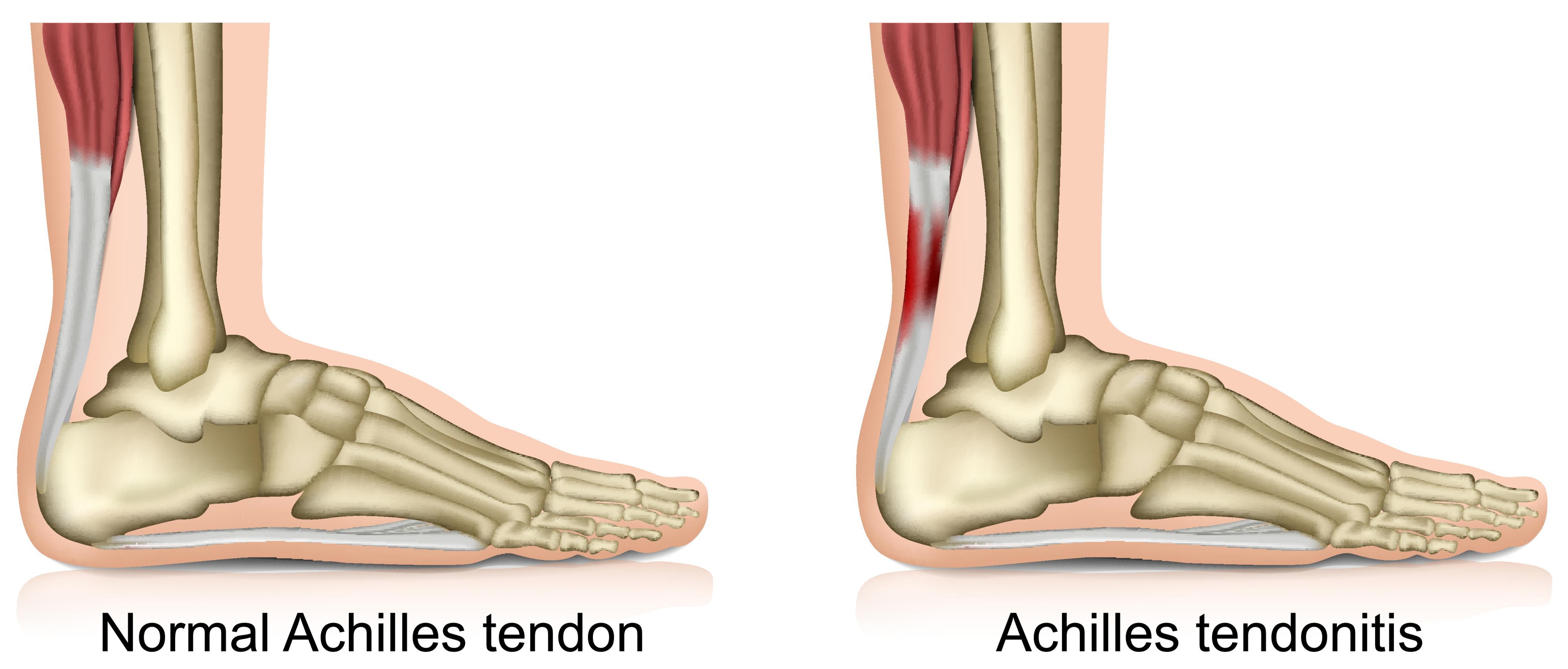Casual Tips About How To Diagnose Achilles Tendonitis

If no evidence of an achilles tendon rupture is found:
How to diagnose achilles tendonitis. Look for redness, swelling, and asymmetry. Applying ice to the area. Physically examine your leg, foot, ankle, and knee for range of motion and to gauge the thickness and tenderness of the achilles tendon.
Wearing poorly fitting shoes, or wearing high heels every day, can also cause achilles tendonitis. This inflammation is often the result of a lot of stress on your calf muscles and achilles tendon. Put ice on your tendon for.
Ad pro athletes use it. Stop doing activities that stress your tendon. Check to see if your tendon hasn’t.
Tendonitis often will develop when you suddenly increase your. Usually, your doctor can diagnose tendinitis during the physical exam alone. They will also do a physical exam of your achilles tendon, which.
Achilles tendonitis is when the achilles tendon becomes inflamed or irritated. To diagnose achilles tendinitis, your doctor will ask about your symptoms, overall health, and medical history. Palpate along the length of the tendon for tenderness, heat, crepitus, thickening, and nodularity.
The test is positive if, on the injured side, the foot does not move when the calf is squeezed. Resting the tendon by using crutches. To diagnose achilles tendonitis, your doctor will perform the following:
:max_bytes(150000):strip_icc()/achillespainfinal-01-5c05dc5bc9e77c0001c4f46f.png)


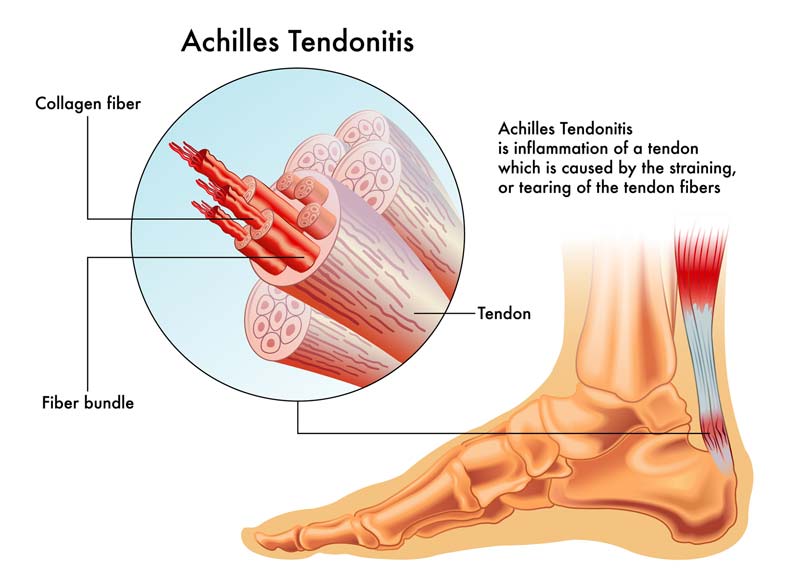
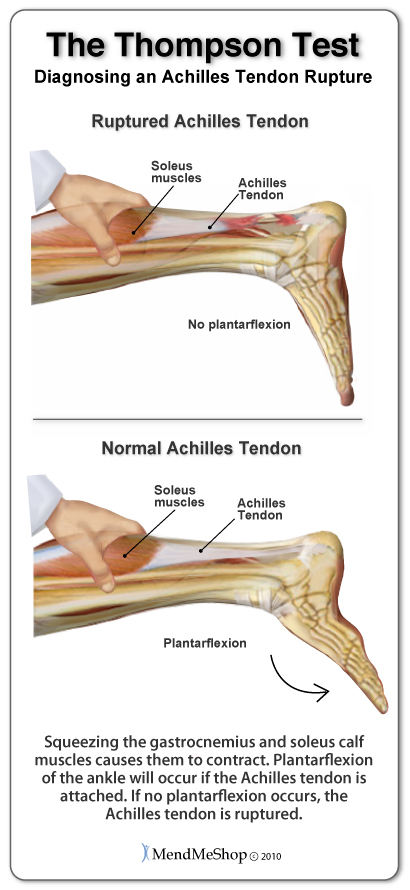
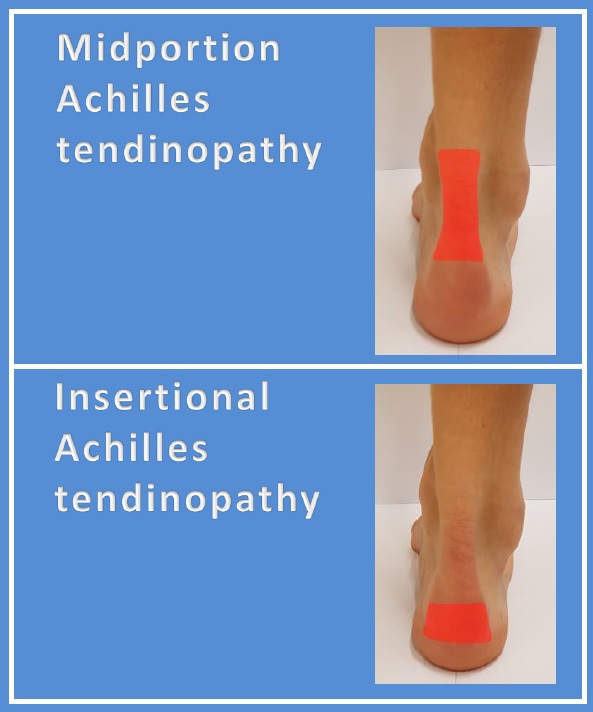

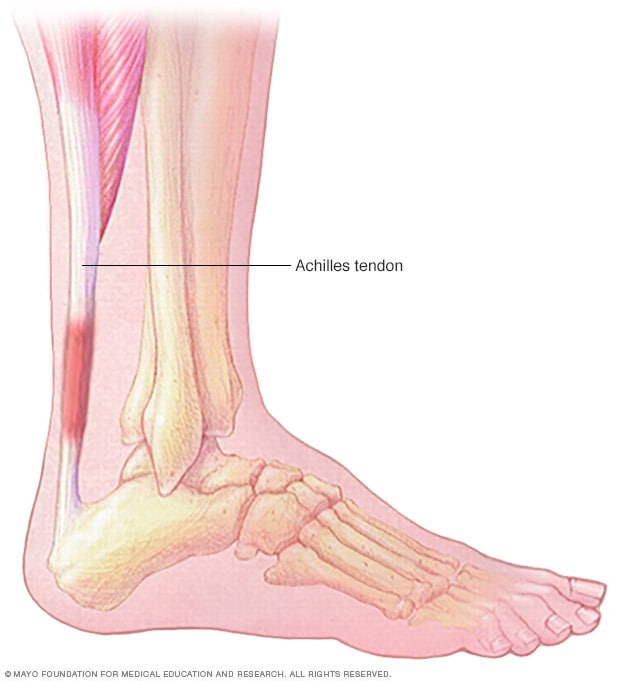
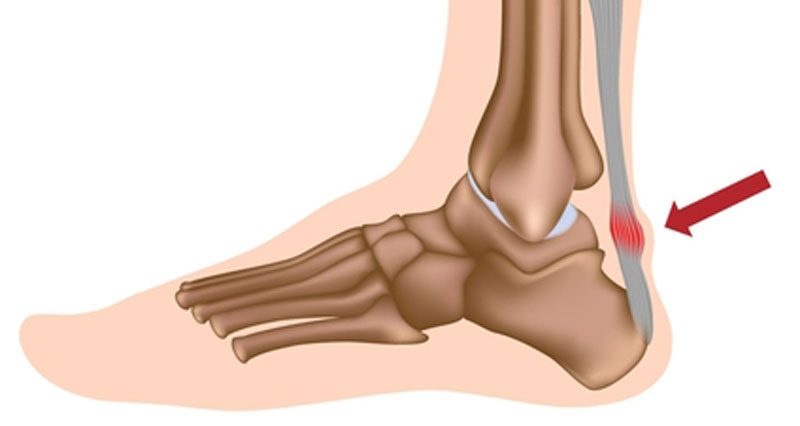

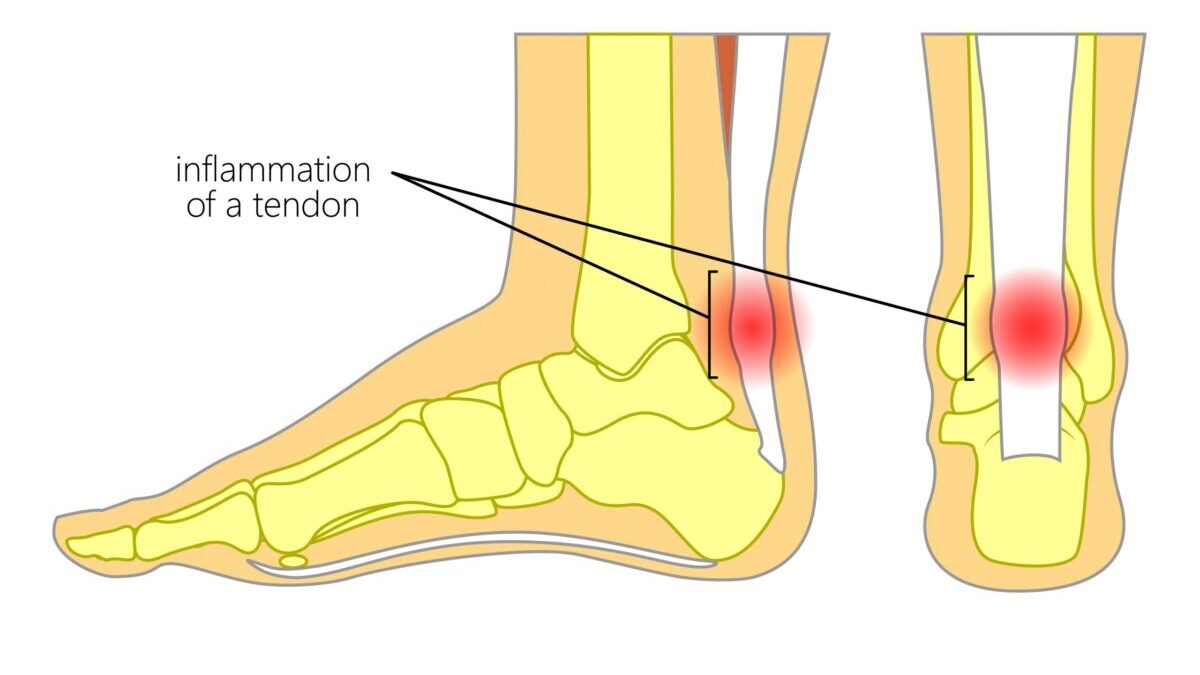

:max_bytes(150000):strip_icc()/pt-exercises-for-achilles-tendonitis-5202656_final-a2c745a0e3f6429bb68a6fe068b757a3.jpg)


